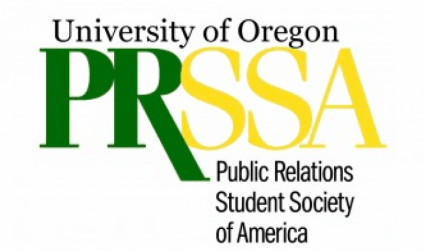By Erica Freeze
“Branded content” is the term for when companies create their own content to attract interest and engage an audience and generate familiarity, in the effort to pull consumers towards the brand to convert them to customers. But promoting your brand to the masses in this way won’t satisfy them. When the same sorts of messages arise from similar brands and competitors, consumers catch on. This is where emotional appeal needs to come in to push your brand ahead of the competitors.
One campaign that took emotional appeal to the next level is Always’ “Like a Girl” campaign. This campaign was groundbreaking because it reached its predominantly female consumers through a completely different method. Feminine care products normally focus on selling women on more idealized versions of themselves. This campaign however, compares stereotypes about the athleticism of young girls. The advertisement shows the frustration and misconceptions behind the statement, “run like a girl” and channels it into a powerful message: women are capable and strong regardless of the stereotypes placed on them. This unique advertisement resonated with women across the globe and was a huge success. Adobe ranked “Like a Girl” the top digital campaign of the Super Bowl in 2015, based on an analysis of mentions on a variety of social networks and internet platforms.
Creating an emotional connection means targeting an underlying emotion that may not be immediately obvious. Generating an emotional response is as important as having the right message. A brand can evaluate the emotional response through social media monitoring. Social media monitoring can help a brand understand how audiences perceive their message. The way that people respond to social media posts can tell your brand what attitudes and ideals your audience holds.
According to Harvard Business Review, those who are ‘fully connected’ emotionally are 52% more valuable to brands than customers who are ‘highly satisfied.’ Connecting consumers through emotional appeal can increase their action towards the brand. Think about it, if you see a brand promoting something that you align with, something that you are passionate about, then that brand activates an emotional response from you and increases your loyalty towards that brand. Therefore, you will want to be connected to this brand, and purchase their products and take action to consume this brand. The customers who are impacted by a brand’s stories and messages ultimately become advocates, sharing the brand on social media or telling their friends about the great products the brand has to offer. This is exactly what the Always campaign did, and as stated before, it was hugely successful.
The best approach to this is to focus on the connection that you want. You want to be consistent and target a smaller demographic; a more specific niche than a wide range of customers. Conduct some research on this target audience, take some surveys, view their social media engagement, analyze the data you collect and then come up with the underlying motivators for their consuming habits. From this you can see which emotional triggers work best and which do not. You can utilize this data to make a campaign to perfectly target a specific audience and utilize this audience to promote your brand and increase brand loyalty.



